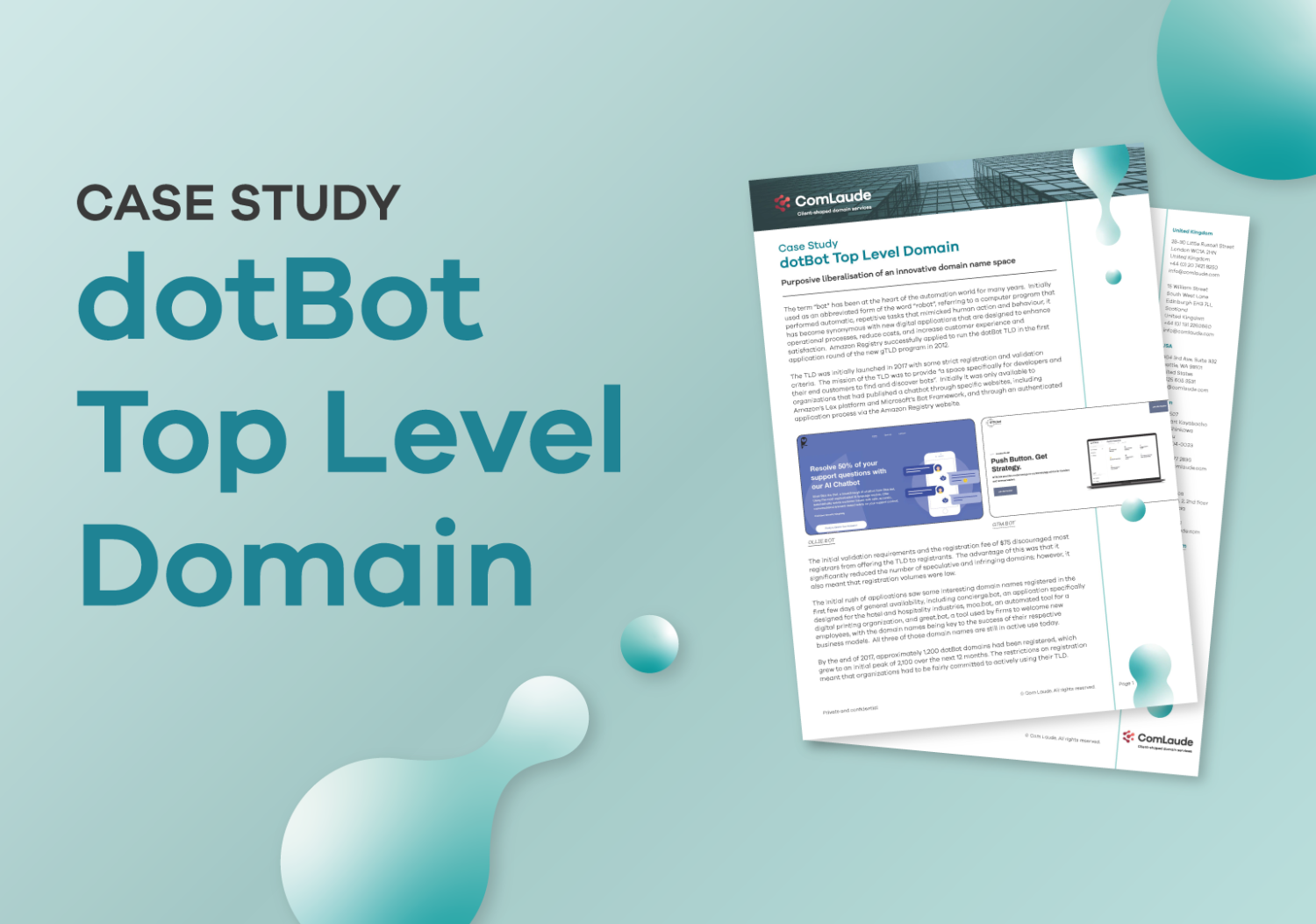How the FinTech Industry can Shape the Next Round of dotBrand Applications
One of the major consumer innovations in Financial Technology, or FinTech was the installation of the first ATM machine back in 1967 by Barclays Bank in Enfield, North London. Today you can find ATM machines on almost every street, in every corner of the world. Barclays has also led the way in terms of digital transformation, as they were one of the trailblazing 500 or so organisations who applied back in the first round of new gTLD applications in 2012 to run their own dotBrand and became the first brand to move their corporate home page, Barclays.com, to their dotBrand in May 2015.
“The launch of the .barclays and .barclaycard domain names creates a simplified online user experience, making it crystal clear to our customers that they are engaging with a genuine Barclays site.” Said The Bank’s chief security officer at the time, Troels Oerting.
“This clarity, along with the advantages of controlling our own online environment, enables us to provide an even more secure service, which we know is of utmost importance to our customers, and ultimately serves to increase trust and confidence in Barclays’ online entities.”
The next round of the dotBrand programme will see more and more FinTech organisations apply to run their own slice of the Internet, creating their own secure and stable platform to build the financial applications for us all tomorrow. The bank has continued to launch new dotBrand domain names over the past eight years, both for new products and services, and informational websites, whilst still retaining its transactional websites on the traditional domains. Other financial services organisations have gone a step further, migrating all their services to their dotBrand including BNP Paribas, Bradesco and State Bank of India.
Since the last new gTLD application round in 2012, the FinTech sector has grown to be worth over $300 billion today. Some of the major organisations such as Visa, Mastercard and PayPal have adapted their traditional services to provide a range of solutions to consumers and businesses alike, which now are at the heart of the FinTech world, but the growth value of the industry comes from those organisations that were a mere twinkle in their founders, and investors eyes, a decade ago.
Well-known brands such as Stripe, Klarna, Revolut and Robinhood have produced innovative solutions to both consumers and businesses, bringing financial simplicity to billions of people. These brands, and hundreds of others that make up the FinTech industry rely on trust, security and stability to provide their solutions. Whilst many have built their value propositions on mobile applications and software platforms, at these solutions heart is a domain name. If trust, security and stability are the three critical characteristics then using a dotBrand TLD ticks all the boxes.
Organisations who apply for and manage their own Top-Level Domains have complete control over the domains they issue, delegate and the value-added solutions that sit on top of names. An entity that controls their own dotBrand sets the security protocols and the rules of engagement. Nobody can spoof their brand in the digital space, providing complete control over secure and trusted communication with customers.
Using traditional domain names always comes with some risk, whether that’s related to a break in the domain name value chain, issues at the registry level or even human error such as a failure to renew a name. Running a dotBrand mitigates these risks, with the organisation able to create their own operating procedures and protocols.
Brand trust in today’s digital world can be measured in many ways, but ultimately reputation is something that can make or break an organisation, especially one in financial services, who continue to invest significantly in security measures that keep their customers safe in the online world. Those entities who operate a dotBrand can be sure they are operating a zero-abuse name space, having complete control over malware mitigation.
Many FinTech firms will be looking at their product and tech roadmaps in the coming weeks. The good news is that with the second application window not due to open until 2026, there’s time to consider the value of a dotBrand application for an organisation. However, many financial services entities have already gained an advantage by starting to develop their applications, including use case scenarios and vale propositions.
It’s been over a decade since the last application round, and there’s no insight into when any, post 2026, subsequent application opportunities will be. Not taking an advantage of owning a piece of Internet real estate at this time could give other organisations in a highly competitive market an edge that nonparticipants may come to regret.

Case Study: dotBot Top Level Domain
Purposive liberalisation of an innovative domain name space by Amazon Registry